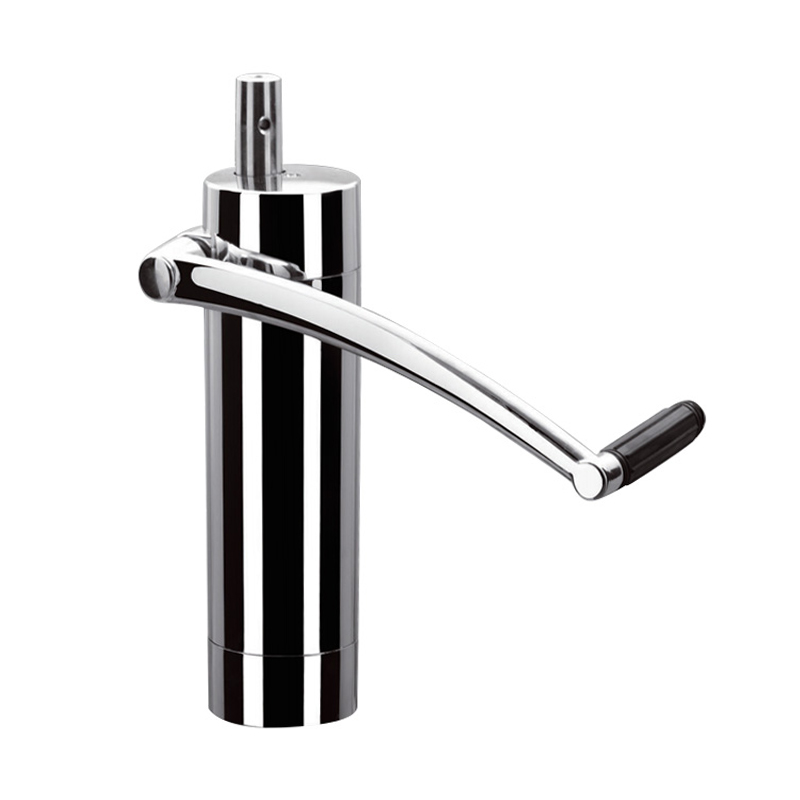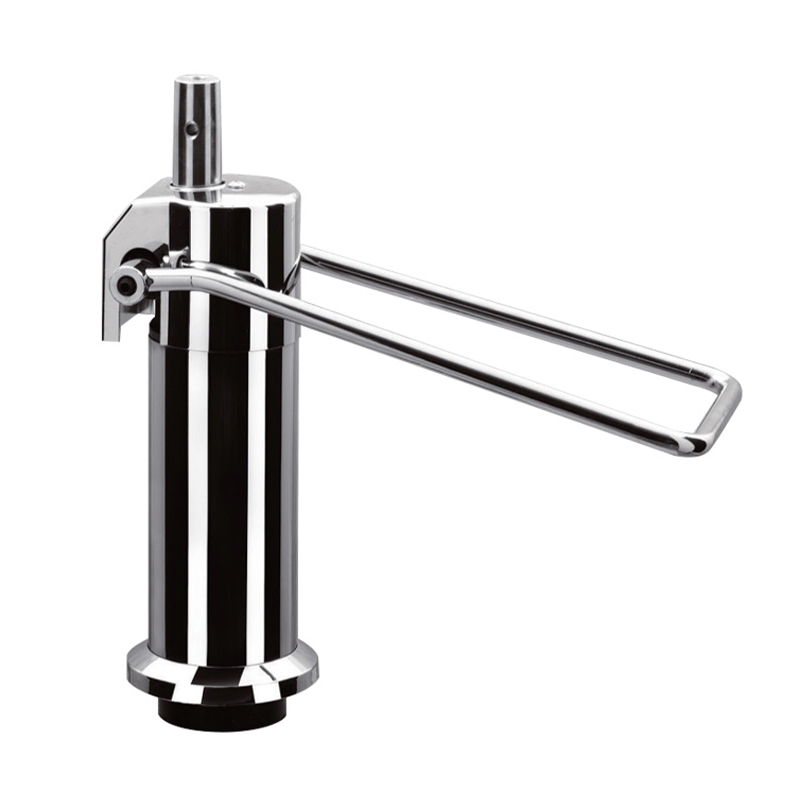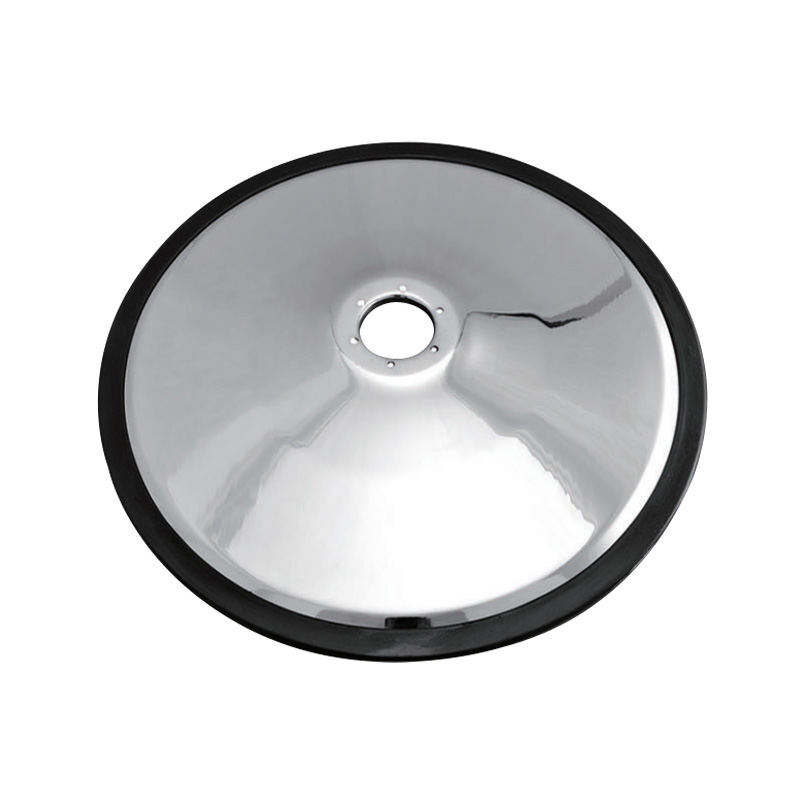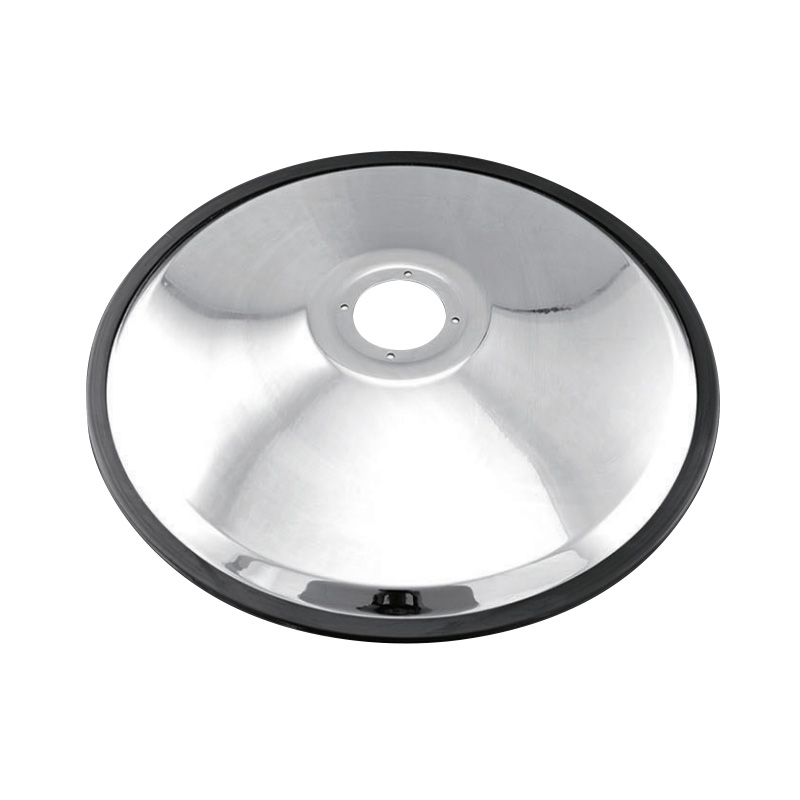The selection of accessories for salon chair is a decision that intersects with ergonomics, functionality, and business operations. These components, which range from headrests and arm pads to specialized trays and covers, are not mere additions but integral elements that influence client comfort, stylist efficiency, and the overall hygiene and aesthetic of the service environment. A methodical approach to their selection, grounded in an analysis of specific needs rather than impulse, can more satisfactory and durable outcomes.
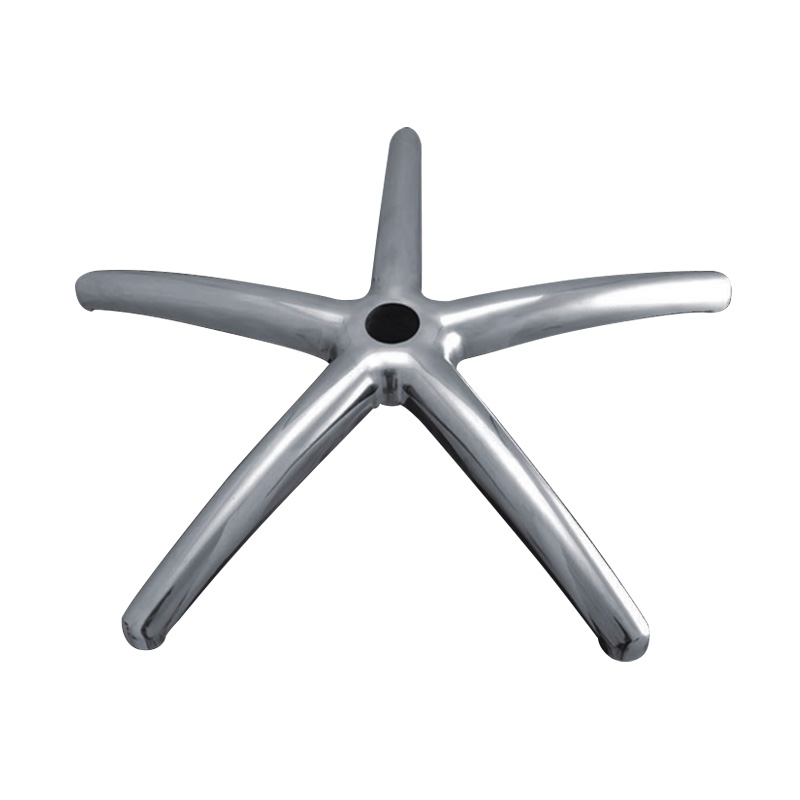
Functional Utility and Compatibility
The primary question to address is what specific problem the accessory is intended to solve or what function it will add to the salon service.
Identifying the Core Need: The required function dictates the type of accessory. A need for enhanced client comfort during lengthy chemical treatments points toward a contoured or gel-filled headrest. A requirement for keeping tools organized and within reach suggests a side-mounted tray. A goal to protect the chair's upholstery from color stains or chemical spills necessitates a set of durable, waterproof covers. Clearly defining this need prevents the acquisition of superfluous items.
Assessing Mounting and Compatibility: An accessory is only functional if it can be securely attached. This requires verifying the compatibility between the accessory and the salon chair model. Key considerations include the diameter of the chair's hydraulic cylinder for a tray clamp, the width and connection points for headrest brackets, or the specific dimensions for a slip-on seat cover. Manufacturers often provide compatibility charts, and measuring the chair before purchase is a necessary step to avoid returns and installation difficulties.
Evaluating Operational Workflow Impact: The accessory should integrate into the stylist's workflow without causing obstruction. A large tool tray, for instance, should not impede the stylist's movement around the chair. An adjustable armrest should have a locking mechanism that allows for quick repositioning without interrupting the service. The accessory must enhance, not hinder, the efficiency of the salon's operations.
Material Composition and Durability
The materials from which an accessory is constructed determine its lifespan, ease of cleaning, and its ability to withstand the demanding salon environment.
Analysis of Common Materials: Vinyl and polyurethane are common for upholstered items like headrests and arm pads due to their ease of cleaning and resistance to moisture. However, quality varies; a thicker, commercial-grade vinyl will resist cracking longer than a thin, consumer-grade alternative. For trays and caddies, ABS plastic or aluminum offer a balance of light weight and structural strength. Stainless steel components provide corrosion resistance, which is important in a humid environment.
Resistance to Chemicals and Stains: Salon accessories are routinely exposed to a range of chemicals, including hair color, bleaching agents, and disinfectants. The material must be non-porous and chemically inert to prevent staining and degradation. A material that reacts with peroxide or ammonia will quickly become discolored and unhygienic. The product specifications should explicitly state resistance to common salon chemicals.
Structural Integrity and Load Capacity: The accessory must be physically robust. The locking mechanism of an adjustable headrest should hold its position firmly. The clamp of a tool tray must support the weight of shears, clippers, and bottles without slipping. Plastic components should not feel brittle, and seams in vinyl should be tightly welded or stitched to prevent splitting under stress.
Ergonomic Impact and Client Comfort
Accessories should contribute to a positive experience for both the client and the stylist by promoting supportive postures.
Client Support and Positioning: A well-designed headrest should cradle the neck and support the head at a natural angle, reducing strain during shampooing and rinsing. Adjustable armrests allow clients to find a comfortable position for their arms, which is particularly important during long services. The padding should be dense enough to provide support but soft enough to prevent pressure points.
Stylist Posture and Accessibility: Ergonomics for the stylist are equally critical. An accessory tray positioned at the correct height can minimize repetitive reaching and twisting, which are common causes of occupational strain. The accessory should help create an efficient "work zone" around the client, allowing the stylist to maintain a neutral posture while having essential tools accessible.


 En
En  Português
Português عربى
عربى

